Top 10 Banned Places in Switzerland 2023
Switzerland is a beautiful country with stunning scenery and exciting tourist destinations. However, there are certain places that are prohibited or banned in the country due to various reasons such as environmental concerns, safety issues, and preservation of cultural heritage. In this article, we will take a look at the top 10 banned places in Switzerland in 2023.
Table of Contents
- Introduction
- Why are some places banned in Switzerland?
- Top 10 banned places in Switzerland
- 1: Aletsch Glacier
- 2: The Witches' Trail
- 3: The Matterhorn
- 4: The Aletsch Forest
- 5: The Rhine Falls
- 6: The Jungfraujoch
- 7: The Grimsel Pass
- 8: The Lavaux Vineyards
- 9: The Swiss National Park
- 10: The Gornergrat
- Conclusion
- FAQs
Introduction
Switzerland is a country renowned for its picturesque scenery, stunning natural landscapes, and historic landmarks. However, there are some places in Switzerland that are off-limits to tourists and visitors due to various reasons. These places are often protected by strict laws and regulations to preserve their natural beauty, cultural heritage, and prevent environmental degradation. In this article, we will explore the top 10 banned places in Switzerland in 2023.
Why are some places banned in Switzerland?
Switzerland is committed to preserving its natural beauty and cultural heritage, and as a result, there are several places in the country that are banned or restricted to visitors. Some of the common reasons for these bans include:
- Environmental concerns such as protecting endangered species, reducing pollution, and preventing environmental degradation.
- Safety concerns such as protecting visitors from dangerous terrain, wildlife, or unpredictable weather conditions.
- Preservation of cultural heritage such as protecting historical landmarks and artifacts from damage or destruction.
Top 10 banned places in Switzerland
1: Aletsch Glacier
The Aletsch Glacier is the largest glacier in the Alps and one of the most popular tourist destinations in Switzerland. However, due to global warming and climate change, the glacier is rapidly melting, and as a result, the area around the glacier has been banned to visitors to prevent environmental damage and ensure public safety.
2: The Witches' Trail
The Witches' Trail is a popular hiking trail in the Canton of Valais that has been banned due to safety concerns. The trail is located in a steep and narrow gorge that is prone to landslides and rockfall, making it dangerous for visitors.
3: The Matterhorn
The Matterhorn is one of the most iconic peaks in the Alps and a popular destination for climbers and hikers. However, due to the high number of accidents and fatalities that occur on the mountain every year, the area around the Matterhorn has been banned to visitors.
4: The Aletsch Forest
The Aletsch Forest is a unique forest ecosystem located in the Canton of Valais. The forest has been banned to visitors due to the fragile nature of the ecosystem and the need to protect the endangered species that live there.
5: The Rhine Falls
The Rhine Falls is the largest waterfall in Europe and a popular tourist destination. However, due to safety concerns, visitors are no longer allowed to swim or dive in the waterfall.
6: The Jungfraujoch
The Jungfraujoch is a popular destination for tourists and skiers, but due to the high altitude and extreme weather conditions, the area has been banned to visitors for safety reasons.
7: The Grimsel Pass
The Grimsel Pass is a scenic mountain pass located in the Swiss Alps. However, due to the risk of avalanches and landslides, the pass is closed during the winter months, and visitors are not allowed to access the area.
8: The Lavaux Vineyards
The Lavaux Vineyards are a UNESCO World Heritage site located in the Canton of Vaud. The vineyards have been banned to visitors due to the need to protect the delicate ecosystem and prevent damage to the historic terraces.
9: The Swiss National Park
The Swiss National Park is located in the Canton of Graubünden and is one of the oldest national parks in Europe. The park has been banned to visitors in some areas to protect the natural ecosystem and preserve the biodiversity of the region.
10: The Gornergrat
The Gornergrat is a mountain peak located in the Canton of Valais and a popular destination for skiing and hiking. However, due to the risk of avalanches and the need to protect the natural environment, the area has been banned to visitors during certain times of the year.
read more:Top 10 Places Banned in Canada 2023
Conclusion
Switzerland is a country that values the preservation of its natural beauty, cultural heritage, and the safety of its visitors. As a result, there are several places in the country that are banned or restricted to visitors for various reasons such as environmental concerns, safety issues, and preservation of cultural heritage. While it may be disappointing to miss out on some of these destinations, it is essential to respect the laws and regulations in place to protect these areas.
FAQs
1.Why is the Aletsch Glacier banned to visitors?
- The Aletsch Glacier is rapidly melting due to climate change, and as a result, the area around the glacier has been banned to visitors to prevent environmental damage and ensure public safety.
2.Can visitors still access the Matterhorn?
- While visitors are not allowed to access the area around the Matterhorn, it is still visible from other areas in Switzerland and can be enjoyed from a distance.
3.Why are the Lavaux Vineyards banned to visitors?
- The Lavaux Vineyards are a UNESCO World Heritage site, and the delicate ecosystem and historic terraces need to be protected from damage or destruction.
4.Are there any alternative destinations for visitors who cannot access these banned areas?
- Switzerland has several other beautiful destinations and tourist attractions that visitors can enjoy, such as the Swiss Alps, Lake Geneva, and the city of Zurich.
5.What should visitors do if they are unsure about whether a destination is banned or restricted?
- Visitors should always check the local laws and regulations before visiting a destination and consult with a travel agency or local authorities for more information.


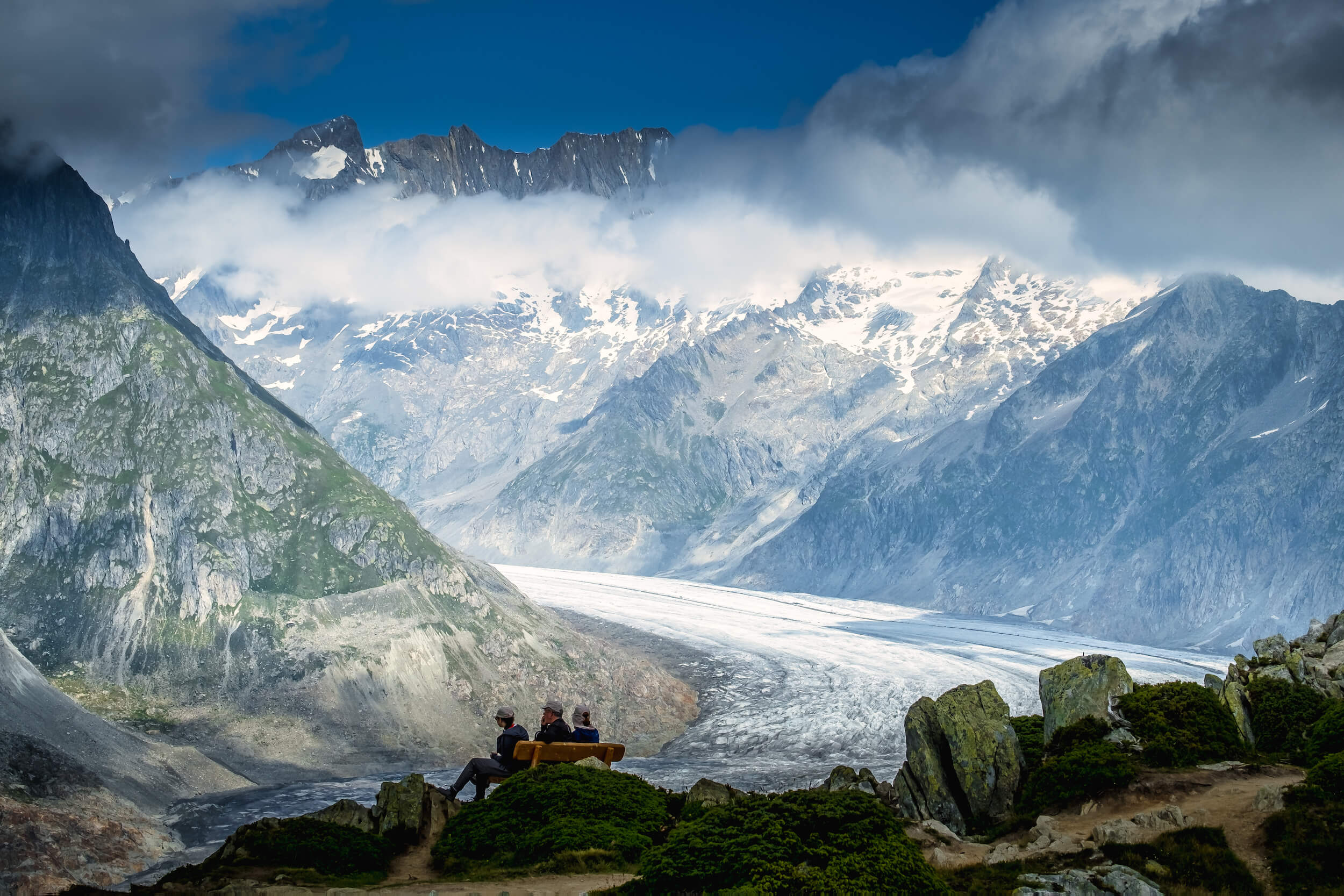
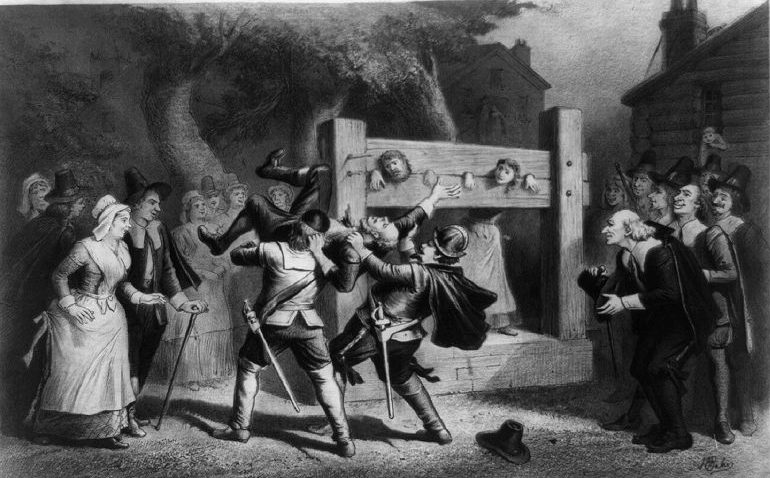
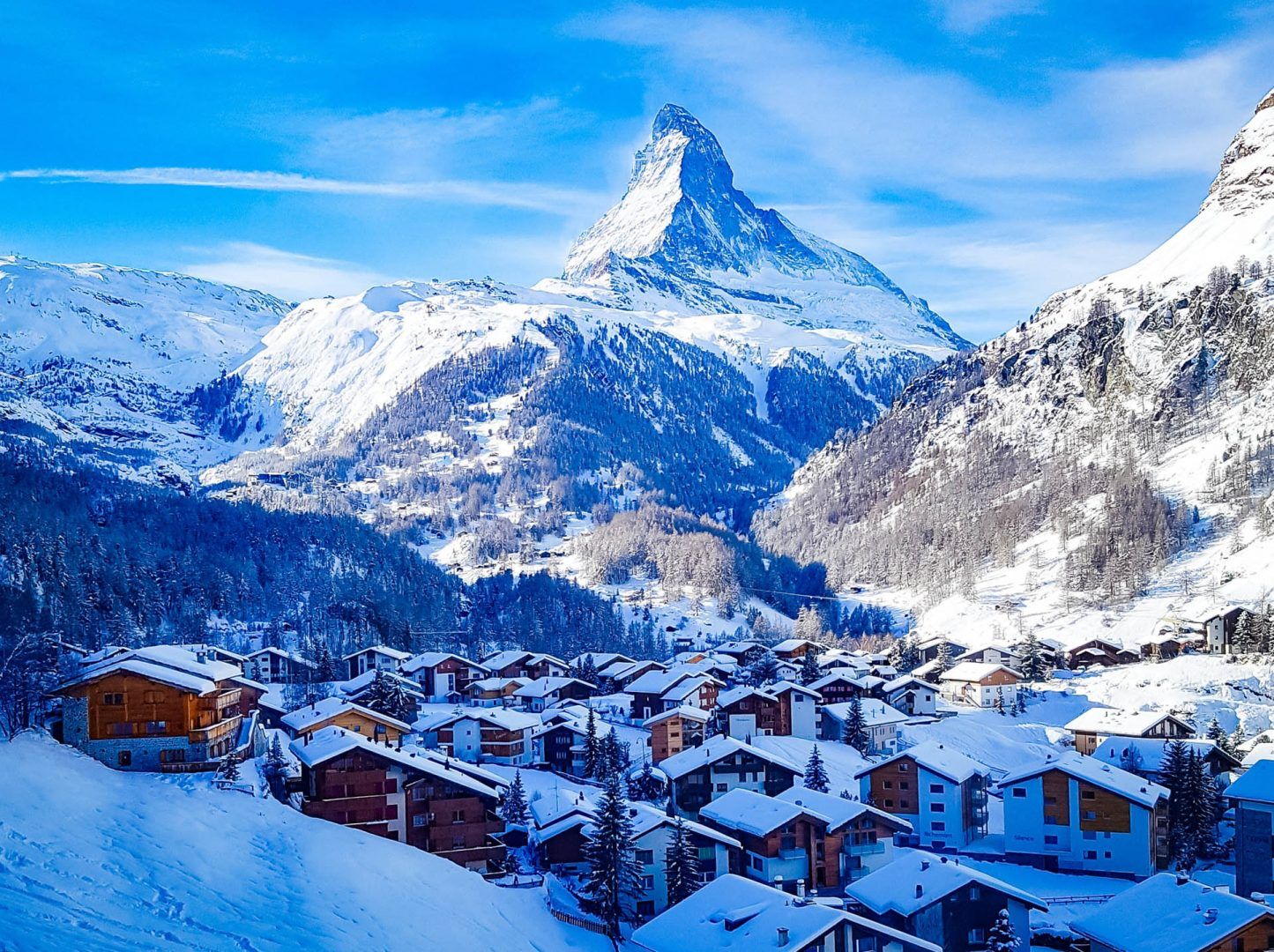
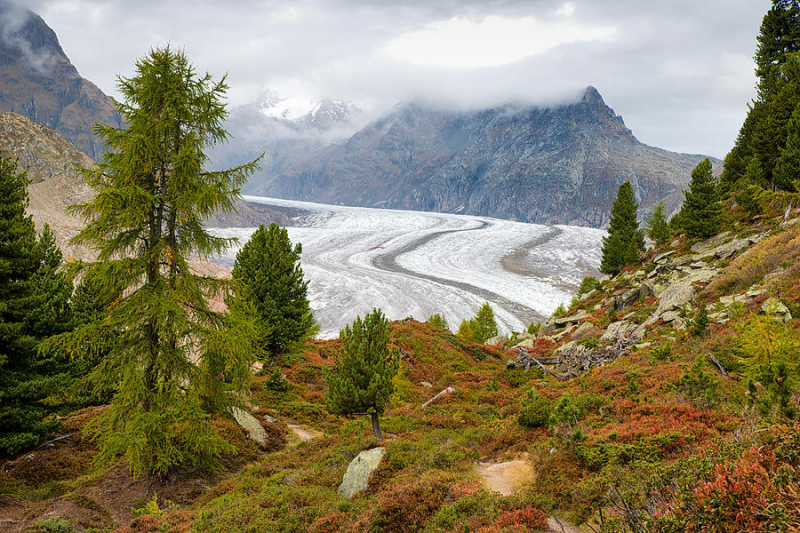

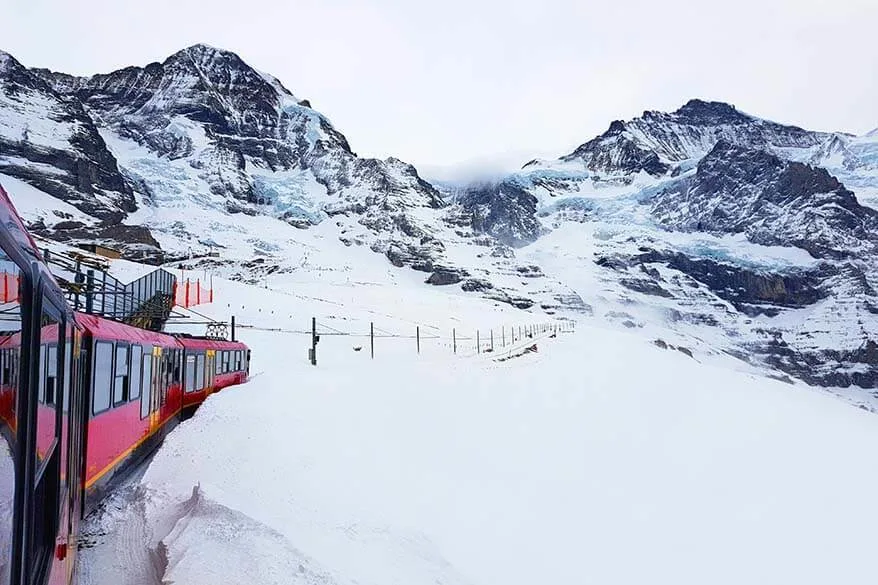

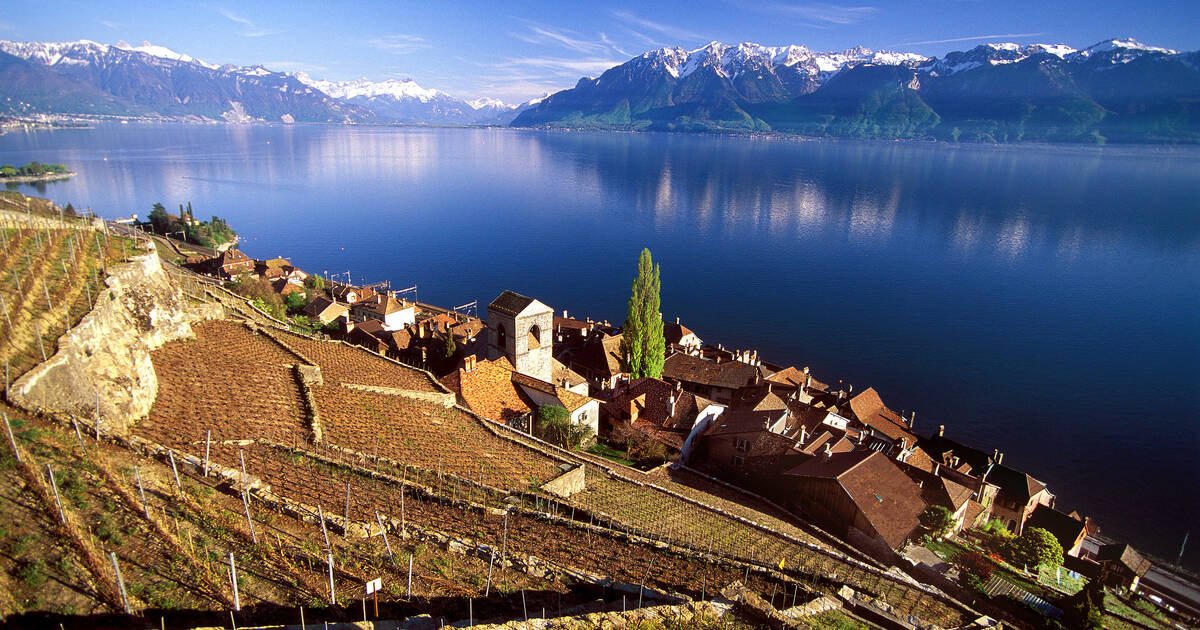
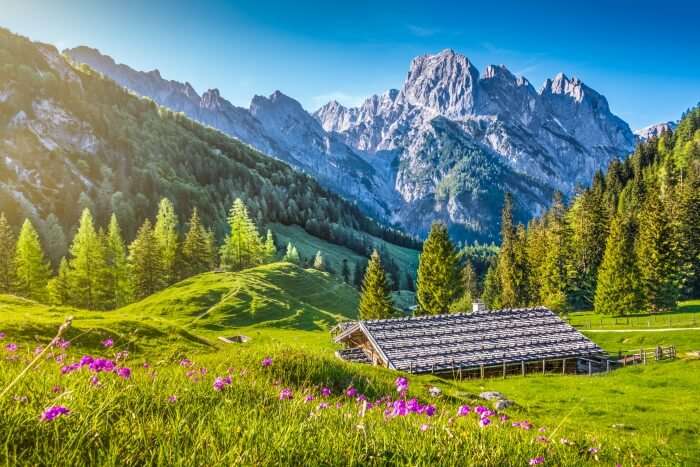

Post a Comment